by Zachary Clemente
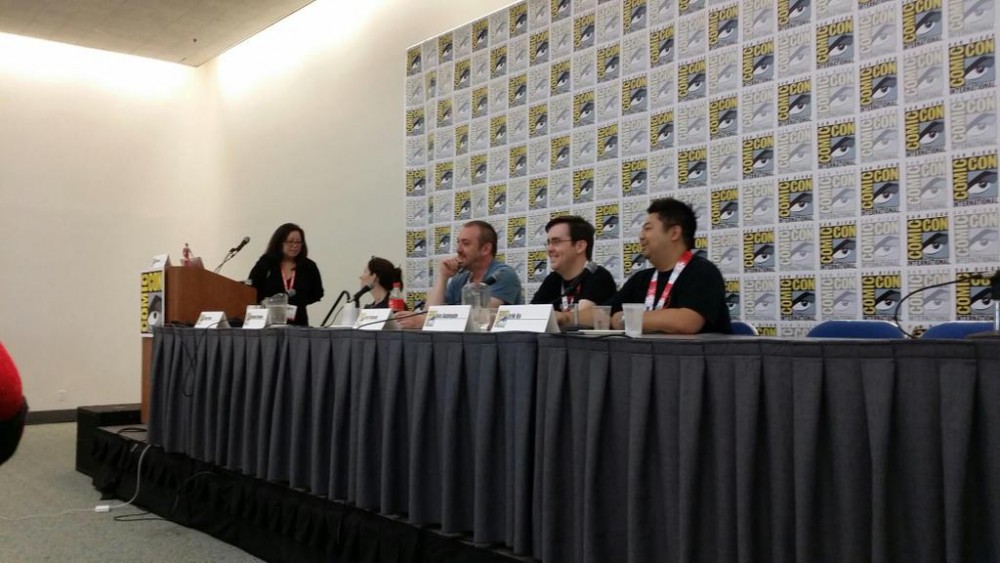
Mid-afternoon on the Friday of San Diego Comic-Con 2015, veterans of the manga publishing world got together to discuss what excites them and to lay down some truth on the myths surround publishing manga in North America. From left to right: Deb Aoki (Publisher’s Weekly), Leyla Aker (VIZ Media), Kurt Hassler (Yen Press), Ben Applegate (Random House/Kondansha Comics), and Erik Ko (Udon Entertainment).
The panel consisted of a lot of back and forth discussion on the nature of trying to publish various kinds of manga in North America and the main talking points came through during Aoki’s round of true or false manga publishing myth questions:
Sports manga doesn’t sell in North America – False. According to Aker, Hassler, and Applegate, this is patently false. While there an important hand of curation that needs to go into what sports manga will succeed in the US, the excitement around properties such as Yowamushi Pedal settles the argument.
Josei (women’s comics) doesn’t sell well in North America – Inaccurate. Though Hassler and Aker disagreed at first on the fundamental wording of this question, everyone agreed on the inherent challenge in bringing Josei to North America. Considering that the most successful Josei titles in their lines (such as works by Kaoru Mori) often have a historical or fantasy setting, the panel suggested that the slice-of-life stories that Josei manga offers in Japan is a niche already very well filled in prose publication in North America.
Older manga series are hard to sell in North America – True. Every publisher agreed that this is incredibly hard. From collecting publishing rights (often scattered between numerous entities) to restoring original pages (much of older manga was printed off of film which could have significant wear and tear), older manga is a much steeper investment that has a lower chance of finding a market big enough to justify the expense.
Long series of 10+ volumes are no-go – False. A vast majority of series brought over by VIZ, Kondansha, and Yen are easily more than 10 volumes long in Japan. This often leads to the production of larger collections (or in the case of Kondansha, their Colossal Attack on Titan books) for North America release.
Anime series drives manga sales – True. Literally no one had anything but yes to say to this.
Scanlations hurt manga sales – True. This was a consistent conversation throughout the panel about the hugely negative affect that scanlation has on the manga industry in totality – not just in the US. In fact, according to Aker, it’s common for scanlations of chapters from the popular Shonen Jump to be online before VIZ received them from Japan – meaning that they are actually either uploaded directly from Japan or stolen. No matter how fast publishers attempt to keep up with the pace of manga translation, the simple fact of the matter is that to conduct this business legally – it’s just slower. Aker noted that VIZ has a 5-day window to turn around hundreds of manga pages from receiving them on Monday to having them ready for digital release on Friday for the subscribers of VIZ’s digital Shonen Jump and if even one person is sick or out that week without notice, genuine problems can occur.
Publishers make decisions based on scanlations – False. Everyone was in agreement that the idea that publishers track what is popular on scanlation websites as a gauge for what should be licensed and published next is completely erroneous.
The best summation stated during the panel was in response to Aoki’s humorous question of “Japan, why you so slow?” Aker, if I remember correctly, responded quickly to the affect that it’s not why is Japan so slow, but why is the US so big?
Thanks for checking in on our ongoing coverage of San Diego Comic-Con. Join us for ongoing coverage through the weekend!


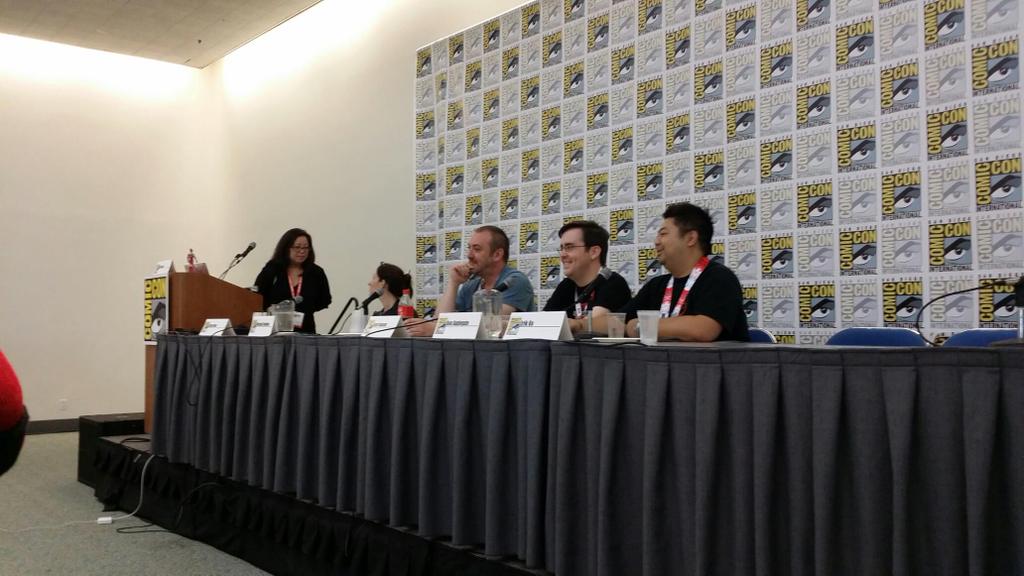
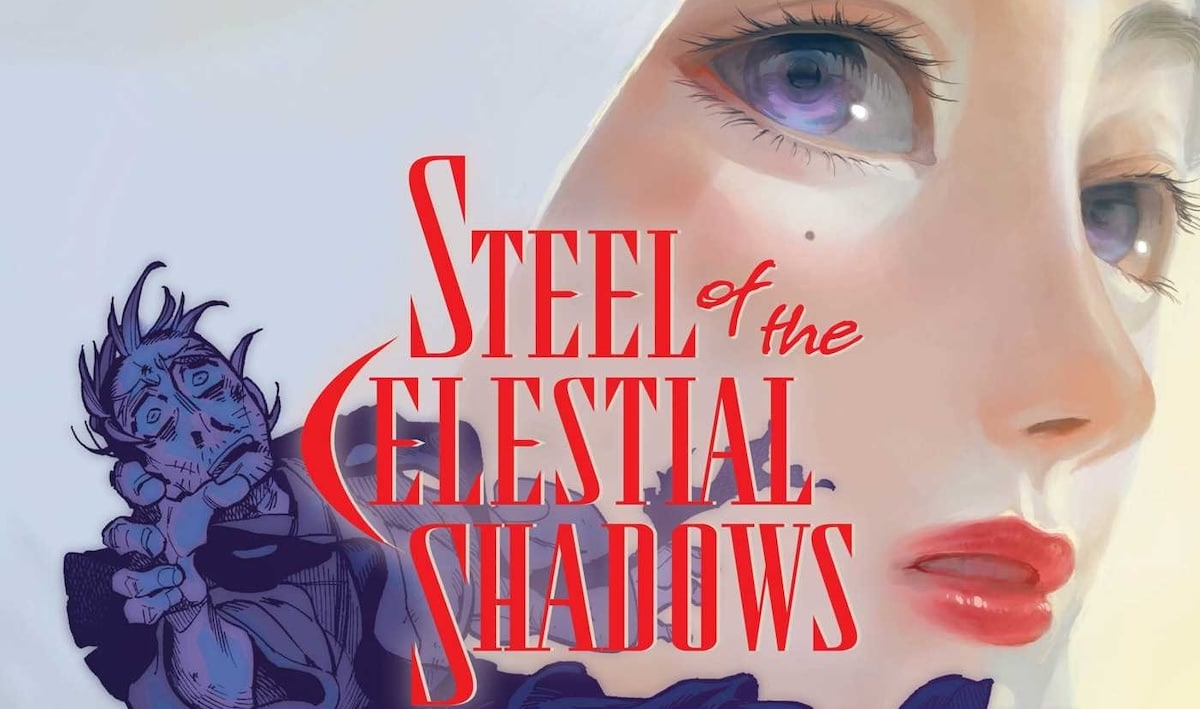
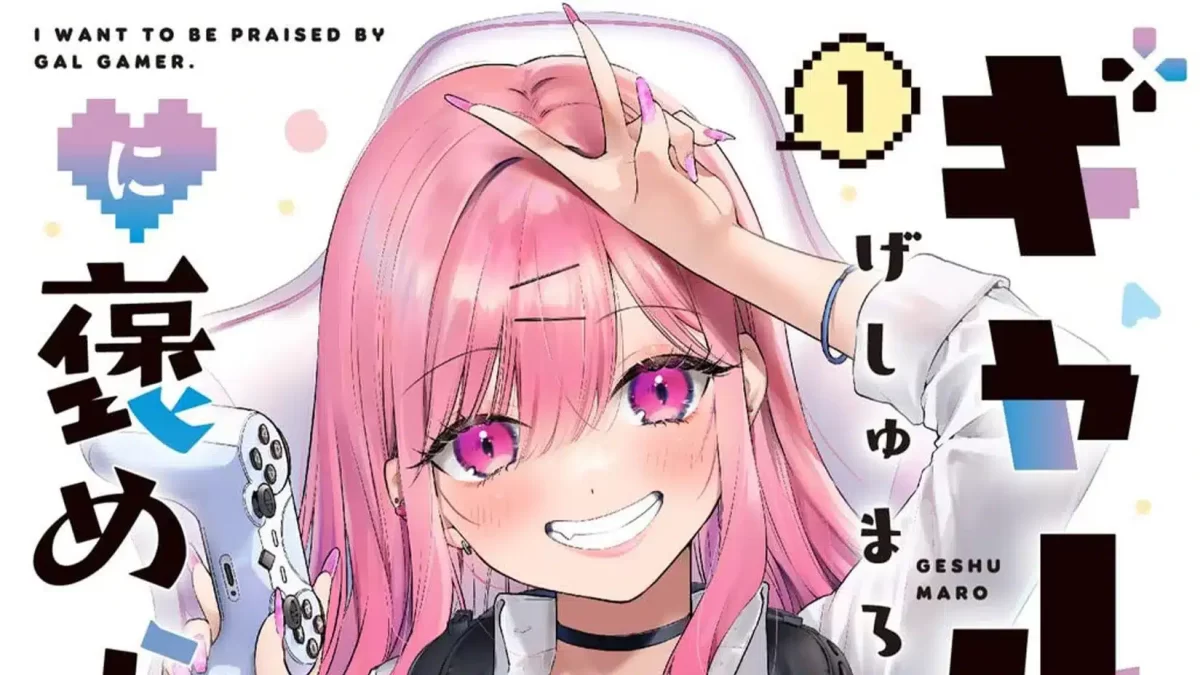
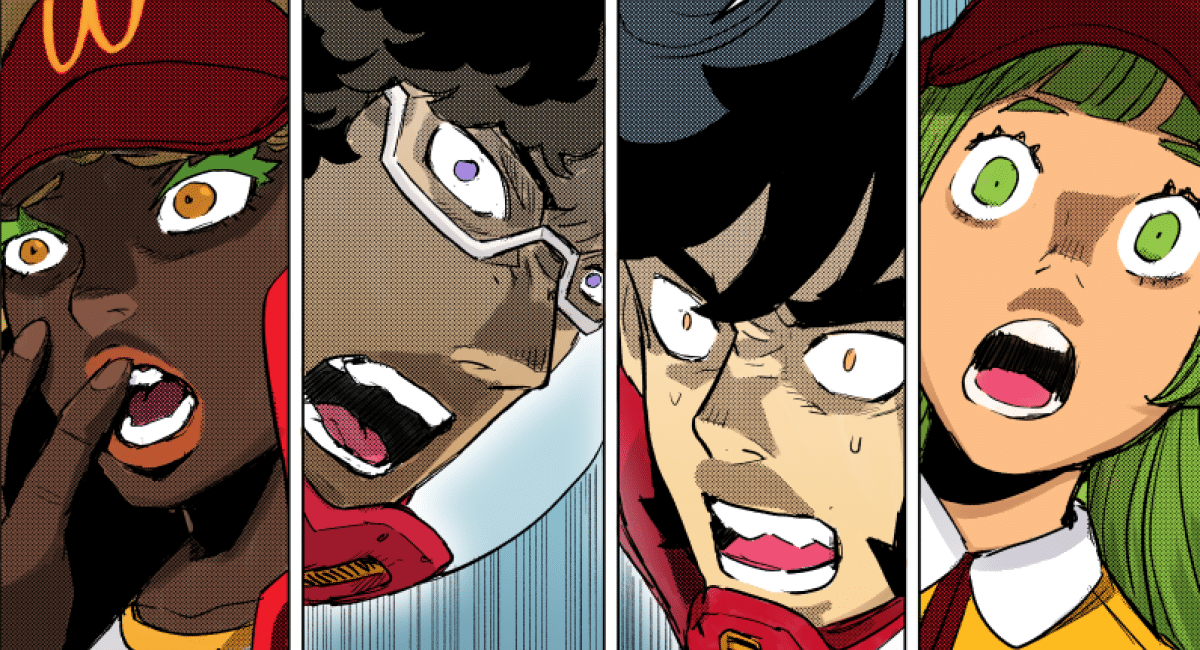



Interesting panel. Maybe this goes to the disagreement of the wording on the women’s comics question but how is Kaoru Mori’s work classified that way? Her work runs in men’s magazines in Japan. Which certainly doesn’t mean it has no appeal to women but, still. No one could come up with a better example of an artist writing for women in Japan they’ve brought over that would show some inaccuracy in the” josei doesn’t sell well in NA”, like say Tomu Ohmi with her mature supernatural series from VIZ?
Comments are closed.